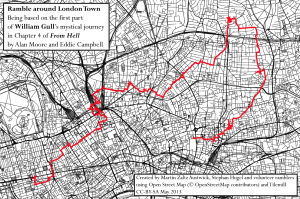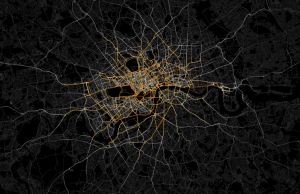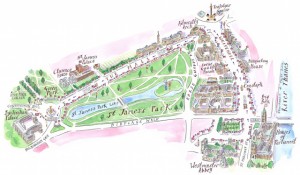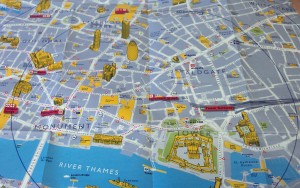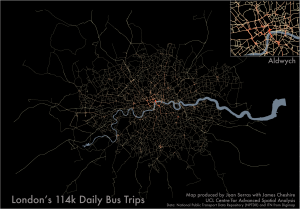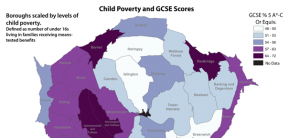The Ultimate Gift List for Map Lovers
Here’s my 2017/2018 Ultimate Gift List for Map Lovers! All the recommendations are for products I own – or have seen – and can genuinely endorse. I’ve listed them under broad categories of people you might want to buy them for. Hopefully they cater for a range of map-related interests and budgets. Enjoy! For those who […]
Continue reading »



